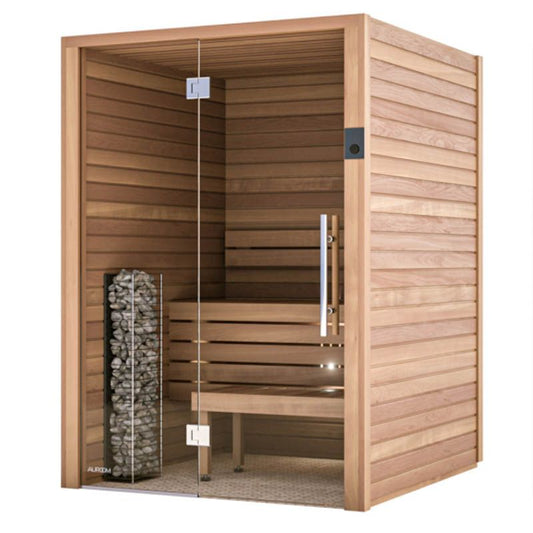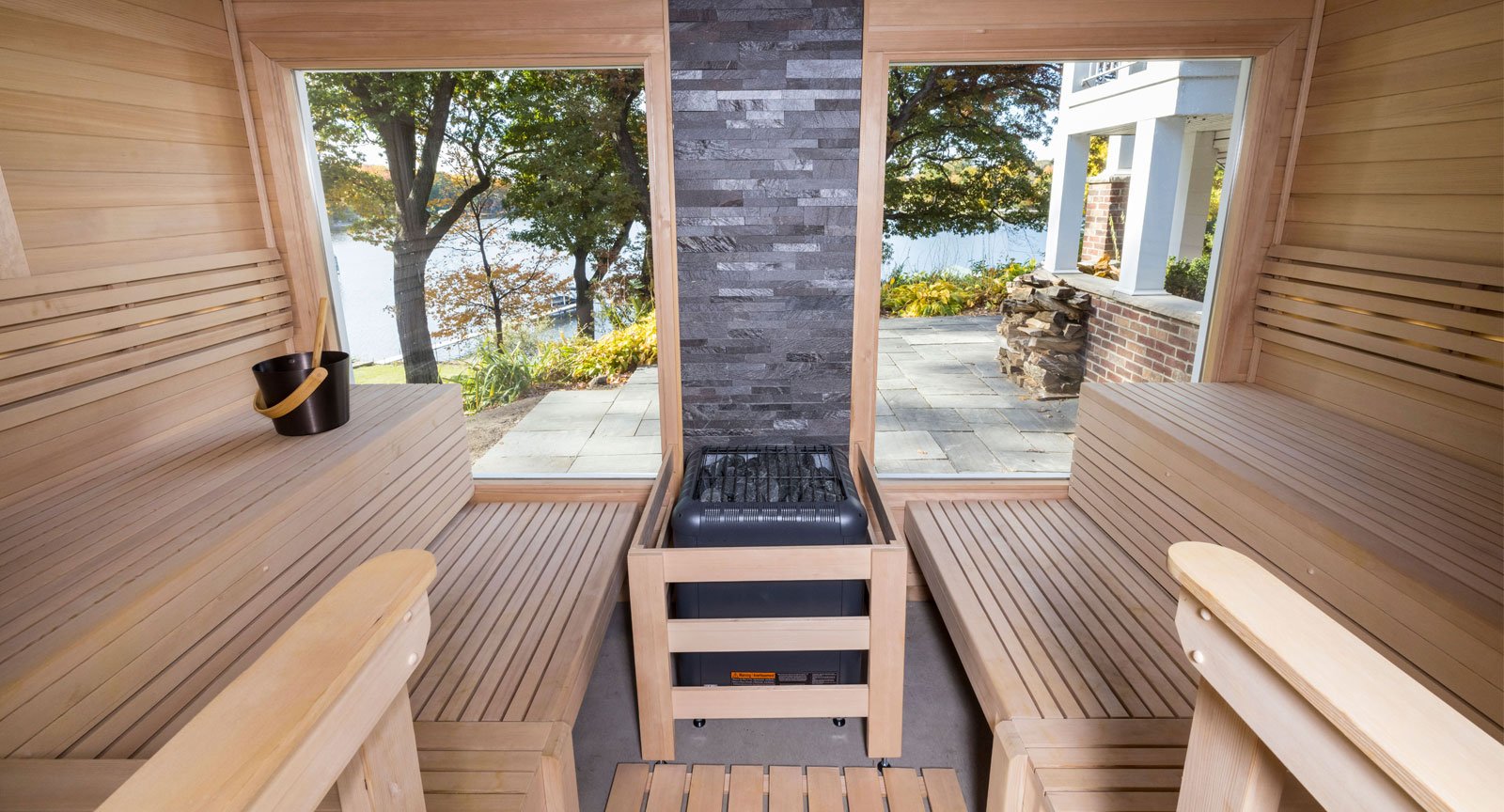All About Traditional Sauna
All About Traditional Sauna
Blog Article
Things about Traditional Sauna
Table of ContentsTraditional Sauna Things To Know Before You Get ThisThe Ultimate Guide To Traditional Sauna5 Easy Facts About Traditional Sauna ExplainedTraditional Sauna Can Be Fun For AnyoneNot known Factual Statements About Traditional Sauna
Most of the weight lost in a sauna is water loss and is re-gained upon rehydrating. Nonetheless, undeniably sauna can be a vital component of a healthy weight management program. To check out the differences in between standard and IR saunas, I will divide these into proven, theoretical, and fabricated distinctions.Thus, the hottest factor in the saunawhich is at the ceiling straight above the sauna heateris generally between 185 and 190 F. Claims that a traditional sauna goes beyond 200 F is simply not true and not relevant for electrical saunas offered in the US. The temperature for a far-infrared sauna is usually established in between 120 and 140 F; however, unlike the typical sauna, the goal in and IR area is not to achieve a heat.
As a result of this, the temperature level difference is nearly irrelevant, considering that profuse sweating leads to both sauna types, however the approach of heating the body is various. In an IR sauna the bather will certainly really feel hot and will certainly sweat a lot, but at much reduced temperature levels (Traditional Sauna). Thus, if the goal is to invest longer amount of times in the sauna, the IR sauna is a great selection
When a standard sauna has been correctly warmed, the sauna wall surfaces are warm, the air temperature has accomplished established temperature level and the rocks are super heated. As a fascinating side note, the warmed wall surfaces and the rocks are releasing far-infrared warmth, combined with the heated air, to create an "covering warm".
10 Simple Techniques For Traditional Sauna

When the high temperature is achieved, the elements cycle on and off to keep the heat. Most standard sauna individuals delight in pouring water over the rocks to develop heavy steam to raise sauna moisture degrees. The advantages of pouring water over the rocks include: making the area extra comfy, moistening the nasal flows, and enabling the use of aromatherapy by blending vital oils with the water.

When the energy enters the body, it triggers the body temperature level to enhance and ultimately causes sweating. In an infrared sauna it is very important for the emitters/heaters to stay on virtually frequently. Considering that there is no mass of rocks to keep warmth, the sauna will cool if the emitters closed off.
As discussed over, the sauna bather in you can look here an infrared space intends to place himself in front of running emitters to obtain maximum take advantage of the warm. The heating time for the 2 rooms can be extremely different, depending on exactly how the rooms are made use of. For a conventional sauna, a bather ought to permit 30-40 minutes for the space to attain a desired temperature and to effectively pre-heat the rocks.
How Traditional Sauna can Save You Time, Stress, and Money.
A well built sauna will commonly attain a temperature level of 150-160 F in about 30-40 minutes. For hotter temperatures, the space may need to warm for a longer period. When the room achieves set temperature, the heating system will certainly cycle on and off, typically operating about 50% of the time. The insulated walls and the heated rocks will find out here maintain the area warm and at steady temperatures.

Traditional saunas have a tendency to be larger (for this reason use even more electrical power) than infrared saunas, although typical saunas are definitely readily available in one and two individual dimensions too. For a two-person standard sauna, 5x6 or 5x7 size is most prominent. The leading bench can conveniently seat 2 or 3 people and is likewise long sufficient to rest during the sauna session.
Some Known Questions About Traditional Sauna.
The ordinary cost per kWH of electrical power in the united state is about $0.11, so a 4.5 kW heater will cost about $.50 to run for one hour, if the heater runs continuously for one hour. Commonly a sauna heater will run for 75% of the first hour and 50% of subsequent hours on since the elements cycle once the set temperature level is attained.

Finally, there is a hardly ever gone over distinction in the social experience between the two areas. While our culture has actually lost several of the social benefit of the typical sauna experience, it can be extremely socially gratifying (Traditional Sauna). From family members time in the sauna, to heart-felt conversations with better halves, to sauna partiesthe typical sauna experience can result in intimate mingling
What Does Traditional Sauna Mean?
The majority of higher end infrared rooms consist of tinted light treatment, noise systems and full-glass fronts.
Report this page